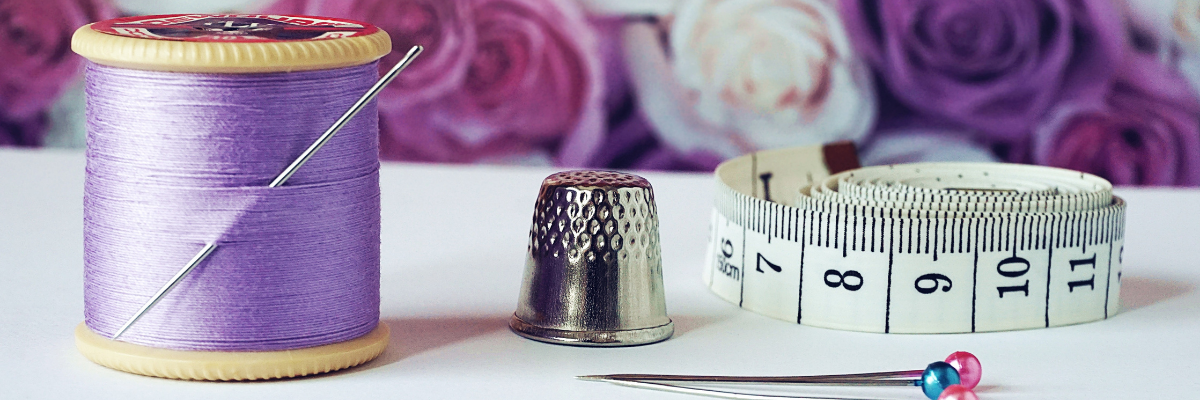

In recent years hundreds of sewing thread factories have sprung up to meet local demand. This has allowed the Bangladesh RMG industry to nearly attain self-sufficiency in the major garments accessories category. This facilitated apparel manufacturers to offer better prices and lower lead time.
10 years ago, the landscape was different, manufacturers were reliant on imported sewing threads. However, now some of the largest sewing thread manufacturers are exporting Bangladesh sewing thread abroad.
Currently, Bangladesh has 20 local and multinational thread mills producers, all together they are producing 100 tonnes of the item a day.
This transformation was possible due to a $118 M investment into this sector. Sanzi Textile Mills, located in Kalurghat of Chattogram, invested $11.8 M in 1995 to make sewing thread. Today, it produces 30 tonnes of thread per day. They have a plan to further invest in leather sewing thread. Leather sewing thread has a very bright future in Bangladesh because the leather and leather goods industries are performing strongly. Their market share in the sewing thread sector is 30% and the annual turnover is $20 million.
The local sewing thread market in Bangladesh is around $150 million.
DBL Group, a garment exporter, invested $23.6 M in 2016 to set up Eco Threads & Yarns to make quality sewing thread. It produces 10 tonnes of sewing thread a day at its Kashimpur factory in Gazipur. 20% of the thread produced is consumed internally to produce apparel, rest 80% are sold in the local market. Their annual turnover is around $25 million.
Many small and medium factories have grown up to support the large sewing thread producers. More than 100 small and medium-sized mills serve the local sewing thread market.
Photo Courtesy: Canva
